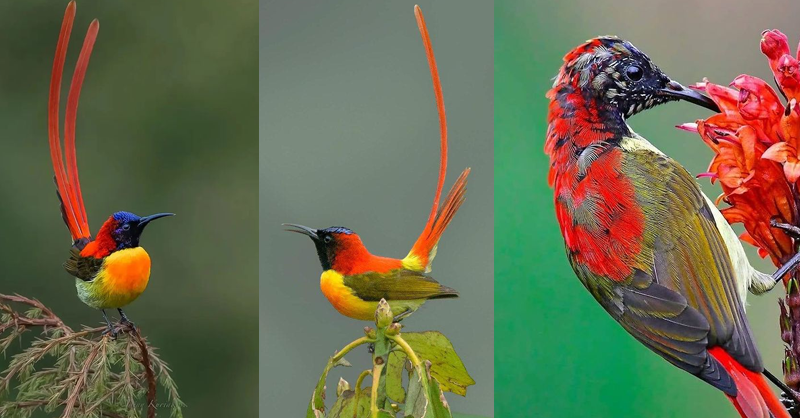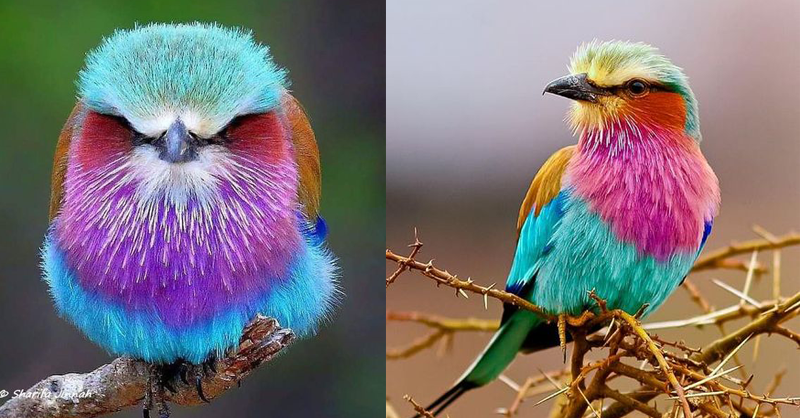The Pink-headed Warbler is a species that can only be found in the highlands of Guatemala and in the Mexican state of Chiapas. Tragically, this bird is at risk of extinction, as deemed by the International Union for Conservation of Nature (IUCN), due to the continuous loss of their habitat. The eruption of volcanoes is also believed to be contributing to the decline in the population of these beautiful birds.
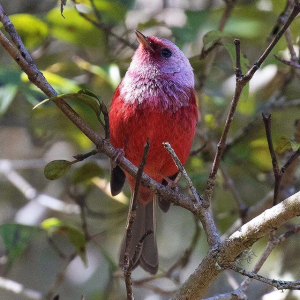
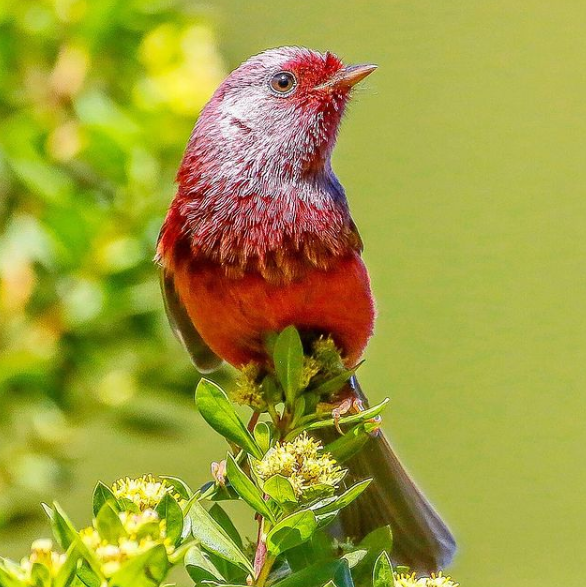
Pink-headed Warblers are an infrequent sight in Southern Mexico, but they can be spotted more frequently in Guatemala. They tend to reside in pine-oak forests and evergreen cloud forests in higher elevations.
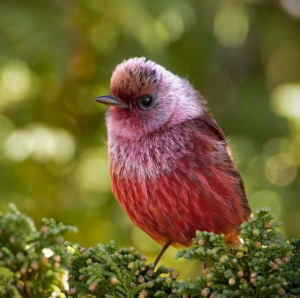
Similar to other warblers like the American Redstart and Bay-breasted Warbler, the Pink-headed Warbler feeds on insects. It moves quickly through the leaves, searching for prey in the understory vegetation and also catches them mid-air. While foraging, it prefers staying near the ground, but during their breeding season, males may take to tree-tops where they can be heard singing. These birds do not migrate and are known to be territorial. The mating pairs look alike and typically stay together throughout the year.
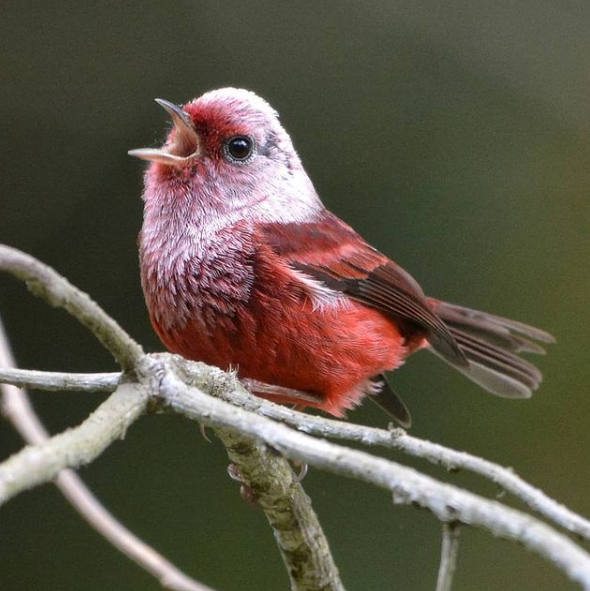
The Female Pink-headed Warblers are a unique species that build their nests on the ground using pine needles to construct a globe-shaped structure. They carefully collect materials away from the building site to prevent predators from finding their nests. Once the exterior is complete, they line the interior with fibrous materials and moss to create a comfortable environment for their eggs. Unlike other ground-nesting birds, Pink-headed Warblers don’t have a distraction display to deter predators. This is likely because the female spends more than 70% of her time on the nest.

Improvements in Preserving Warblers: The year 2016 saw an effort from ABC, FUNDAECO, and the World Land Trust to establish a protected zone known as the Tapon Creek Nature Reserve. This unique area situated on the Caribbean coast serves as a lowland habitat pathway linking two previously established areas of conservation. Notably, the location plays a critical role in the protection of Kentucky Warbler along with over 100 other neotropical migratory birds that frequent the region during their migration or winter stay.
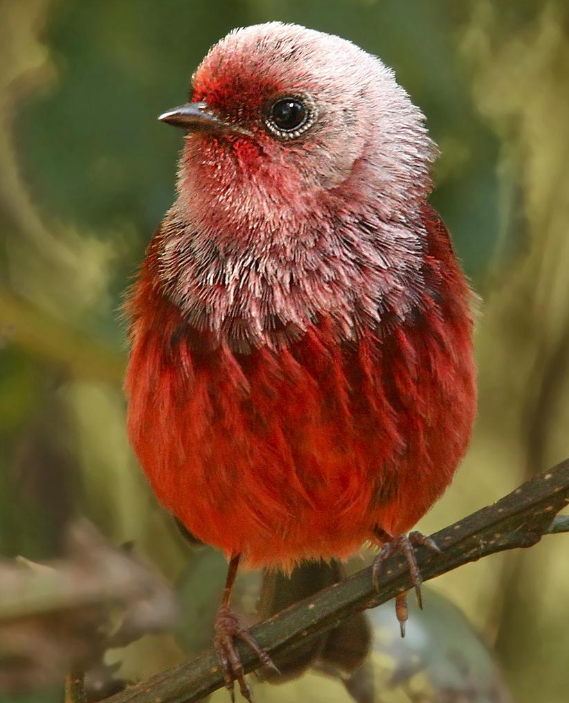
FUNDAECO is working on a program in the highland region of Guatemala to preserve the habitat of the Pink-headed Warbler. The American Bird Conservancy is also partnering with FUNDAECO to conserve the Conservation Coast BirdScape, specifically focusing on creating habitats for migratory birds like the Wood Thrush. Although there are still a decent number of these birds, their population is decreasing due to the loss of their natural habitats. Thus, conservationists are actively looking for ways to combat and prevent the issue from becoming a full-blown crisis. Check out this video below to see and hear the Wood Thrush in action!
https://levanews.com


